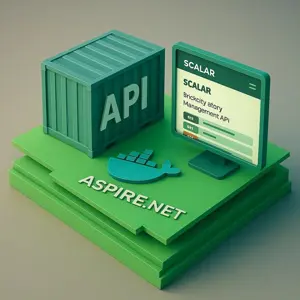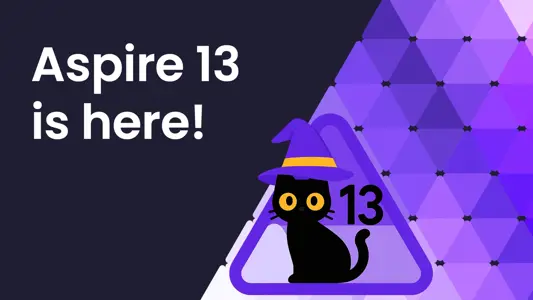.NET Aspire Tutorials
How to Implement MCP in .NET Aspire | .NET AI Magic | E2E
In this video, you'll learn how to implement MCP (Microservice Coordination Package) in .NET Aspire — the modern way to build scalable and intelligent microservices using .NET 8. We'll walk through step-by-step how MCP simplifies communication across your services, and how you can combine it with AI-powered features in .NET to supercharge your apps.
Aspire: Simplifying Microservices Development and Testing in .NET
Aspire is Microsoft’s attempt to solve this problem for the .NET ecosystem. In short, it’s a framework that lets you orchestrate and wire up different services programmatically, with built in monitoring and management tools. With many distributed apps this can be an extremely annoying process, and by wiring up through aspire, the hope is that it can be done much quicker.
Deploy a .NET Aspire Chat App with MCP Tools to Azure
This is the second part of our .NET Aspire + MCP adventure! In this video, I’ll show you how to take things further by deploying a Blazor-based Chat UI and a MCP server with 2 custom tools used by the chat app.
Add serverless technology seamlessly with .NET Aspire and Azure Functions
Easily integrate serverless technology into your projects with .NET Aspire and Azure Functions
How to Build Scalable Document Signing by Integrating BoldSign with .NET Aspire
In this blog, we’ll explore: What is .NET Aspire and what features does it have? How to integrate BoldSign with Aspire Let’s dive in!
.NET Aspire: Let's build a cloud application with baked in observability
.NET Aspire is a new opinionated developer stack to build observable, production ready, distributed applications. So let us take a look at what it can do and how it can help us deliver new .NET cloud applications. There is a big focus on observability, all build on top of OpenTelemetry.
Trying out .NET Aspire with CosmosDB and more
We're getting to work on our new project and we'll explore as much as we can with .NET Aspire support and CosmosDB. Let's see how far we get today.
Replacing Swagger with Scalar in a Containerized Aspire.NET Project
In modern .NET projects, API documentation is a must. While Swagger has become the default choice, Scalar offers a clean, minimal alternative with powerful customization options. In this tutorial, we’ll walk through how to integrate Scalar into a containerized .NET 8 API that runs as part of an Aspire.NET app.
Build your first Azure Function with .NET Aspire support
Azure Functions can now use .NET Aspire to integrate serverless technology into projects leveraging .NET Aspire. See how easy it is to create a new Function with .NET Aspire orchestration or integrate it into your existing Functions with just a few clicks in Visual Studio.
Model Context Protocol + Aspire = AI Magic in .NET!
In this video, I’ll walk you through how to integrate the Model Context Protocol (MCP) into a Blazor Chat Application powered by .NET Aspire using the official C# SDK. 🚀










